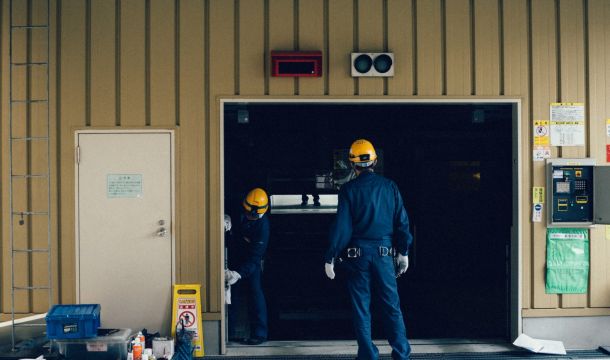Eleventh Circuit Affirms Warrant Quash: OSHA 300 Logs Alone Not "Probable Cause"
In a decision, USA v. Mar-Jac Poultry, Inc., published October 9, 2018, a three-judge panel of the U.S. Court of Appeals for the Eleventh Circuit affirmed a District Court decision quashing an inspection warrant that the Occupational Safety and Health Administration (OSHA) had sought to expand a limited incident inspection to a “wall-to-wall” examination covering every facet of the employer’s facility. The decision is significant for several reasons: First, because OSHA warrants are rarely challenged; second, because the Court upheld Constitutional limits on government power; and third, because OSHA’s argument that it could rely on the employer’s mandatory records of workplace illness and injury (OSHA 300) to supply probable cause to investigate was soundly rejected. This case is a big “win” for employers.
Case below. An employee at a Georgia poultry processing facility was injured while working on an electrical panel box using an uninsulated screwdriver. The employee was hospitalized (he made a full recovery), and the employer duly reported the incident to OSHA as required by law. Controversy arose when the inspectors arrived and announced their intention not only to inspect the electrical accident and the company’s records, but also the full range of potential ergonomic, slip and trip, machine guarding, and hazardous materials programs: in short, every square inch of the processing plant.
The employer called Larry Stine and Mark Waschak of Wimberly & Lawson and they insisted that the inspection be confined to the area where the accident occurred and denying that OSHA had sufficient probable cause to expand it. OSHA obtained a warrant, but the firm filed for an emergency hearing to quash (invalidate) the warrant for lack of probable cause. The judge granted the motion and invited OSHA to apply for a more narrowly-tailored warrant. Rather than reapply, OSHA appealed the decision to the Circuit Court.
Appeal. OSHA quickly abandoned one of the arguments it had made to the judge: that the poultry plant was subject to an expanded inspection because it was part of a regional emphasis program. OSHA’s main argument on appeal was that the OSHA 300 logs, upon which covered employers are required to list serious work-related injuries and illnesses as they occur, satisfied its burden to show that it had probable cause to believe that OSHA standards were being violated.
Court’s decision. The Eleventh Circuit rejected OSHA’s argument. The OSHA 300 log requires an employer to record illness and injury, but that is not a substitute for reasonable cause to believe a statute has been violated. At most, it can indicate a hazard. For example, slippery floors are a hazard, and if someone slips and falls, it could be because the floor is wet and the employees were not required to wear slip resistant shoes – a potential violation; or because an employee was running and not wearing required slip-proof footwear, which is not evidence of a potential violation. The Court also was not impressed that some of the incidents OSHA relied on were several years old: a handful of minor injuries, spread over 6 years in a plant with over 1000 employees, finding that was insufficient to establish probable cause for a warrant.
Why it matters. When OSHA was first enacted, it took the position that it was above the law and did not have to comply with Constitutional protections because it was the guardian of workplace safety. In short order the Supreme Court reminded it that no one is above the law, and that OSHA must demonstrate probable cause to believe that a violation has occurred before it can get a search warrant. The 300 logs were designed to create a record of incidents, not to get employers in trouble. There is not even space on the form for an employer to explain (or speculate) how or why an accident occurred.
This decision reaffirms the Fourth Amendment principle that “no Warrants shall issue, but upon probable cause, supported by Oath or affirmation, and particularly describing the place to be searched, and the persons or things to be seized.” This is an important protection for all employers against government overreach, and Wimberly & Lawson is pleased for our client that the Court has so ruled.
Questions? Need more information? Call J. Larry Stine at (404) 365-0900.
Related Content
Get Email Updates
Recent Content

NLRB to Seek Rescission of past Discipline Imposed under Overbroad Employer Work Rules

Do Drive Cam Cameras inside Trucks Violate Employee Rights?

Amazon Considers Risk When Investigating Employee Misconduct

Latest NLRB Attack Goes beyond Non-Compete Agreements to Reach Outside Employment

NLRB Board Addresses BLM Insignia at Work




